Theological virtues are virtues associated in Christian theology and philosophy with salvation resulting from the grace of God. Virtues are traits or qualities which dispose one to conduct oneself in a morally good manner. Traditionally they have been named Faith, Hope, and Love, and can trace their importance in Christian theology to Paul the Apostle in 1 Corinthians 13, who also pointed out that charity is the most important.
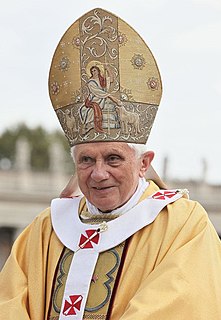
Pope Benedict XVI is a senior prelate of the Catholic Church who served as its head and sovereign of the Vatican City State from 2005 until his resignation in 2013. Benedict's election as pope occurred in the 2005 papal conclave that followed the death of Pope John Paul II. Benedict chose to be known by the title "Pope Emeritus" upon his resignation.
The Latin phrase extra Ecclesiam nulla salus means "outside the Church there is no salvation". The 1992 Catechism of the Catholic Church explained this as "all salvation comes from Christ the Head through the Church which is his Body."

In Christian theology, Charity is considered as one of the seven virtues and is understood by Thomas Aquinas as "the friendship of man for God", which "unites us to God". He holds it as "the most excellent of the virtues". Further, Aquinas holds that "the habit of charity extends not only to the love of God, but also to the love of our neighbor".
Catholic social teaching is the Catholic doctrines on matters of human dignity and common good in society. The ideas address oppression, the role of the state, subsidiarity, social organization, concern for social justice, and issues of wealth distribution. Its foundations are widely considered to have been laid by Pope Leo XIII's 1891 encyclical letter Rerum novarum, which advocated economic distributism. Its roots can be traced to the writings of Catholic thinkers such as Thomas Aquinas and Augustine of Hippo, and is also derived from concepts present in the Bible and the cultures of the ancient Near East.

The theology of Pope Benedict XVI, as promulgated during his pontificate, consists mainly of three encyclical letters on love (2005), hope (2007), and "charity in truth" (2009), as well as apostolic documents and various speeches and interviews. Benedict's theology underwent developments over the years, many of which were characterized by his leadership position in the Congregation for the Doctrine of the Faith, which is entrusted with preserving the Catholic faith in its entirety. His theology originated in the view that God speaks to us through the Church today and not just through the Bible. The Bible is not a natural science textbook, but rather it is the essential testimonial of God’s revelation. One cannot get from it a scientific explanation of how the world arose; one can only glean religious experience from it. Thus Scripture would not wish to inform us about how the different species of plant life gradually appeared or how the sun and the moon and the stars were established. Its purpose ultimately would be to say one thing: God created the world.
Sole Satisfier is a term in Christian theology which refers to God as the only one who can satisfy human beings. The terminology is based on the teachings of St. Thomas Aquinas, who said: "God alone satisfies". This is based on the Bible: "Come to me all you who labor and are heavy laden, and I will give you rest" ; "Only God is good". Aquinas in his philosophy also discussed summum bonum, the greatest good.

Phanxicô Xaviê Nguyễn Văn Thuận or Francis-Xavier Nguyễn Văn Thuận, was a Cardinal in the Roman Catholic Church. He was a nephew of South Vietnam's first president, Ngô Đình Diệm, and of Archbishop Ngô Đình Thục.

Deus caritas est, subtitled De Christiano Amore, is a 2005 encyclical, the first written by Pope Benedict XVI, in large part derived from writings by his late predecessor, Pope John Paul II. Its subject is love, as seen from a Christian perspective, and God's place within all love. Charity is one of the three theological virtues; and the other two were treated in two successive encyclicals, one signed by Benedict and one written substantially by him but signed by his successor Pope Francis . This text begins with a reflection on the forms of love known in Greek philosophy—eros, agape, philia (friendship)—and their relationship with the teachings of Jesus.
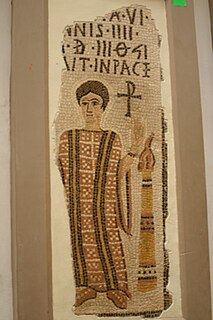
The Paschal mystery is one of the central concepts of Catholic faith relating to the history of salvation. Its main subject is the passion, death, and Resurrection of Jesus Christ – the work God the Father sent His Son to accomplish on earth. According to the Compendium of the Catechism of the Catholic Church, "The Paschal Mystery accomplished once for all by the redemptive death of His Son Jesus Christ." The Catechism states that in the liturgy of the Church which revolves around the seven sacraments, "it is principally his own Paschal mystery that Christ signifies and makes present."
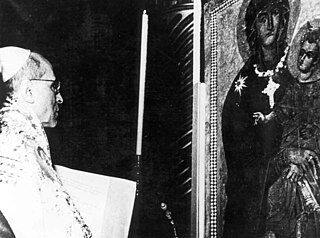
Summi Pontificatus is an encyclical of Pope Pius XII published on 20 October 1939. The encyclical is subtitled "On the Unity of Human Society." It was the first encyclical of Pius XII and was seen as setting "a tone" for his papacy. It critiques major errors at the time, such as ideologies of racism, cultural superiority and the totalitarian state. It also sets the theological framework for future encyclical letters, such as Mystici corporis Christi (1943). The encyclical laments the destruction of Poland, denounces the Molotov-Ribbentrop Pact, and calls for a restoration of independent Poland.
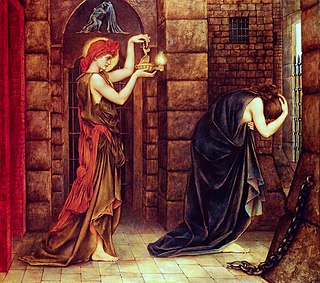
Hope is one of the three theological virtues in Christian tradition. Hope being a combination of the desire for something and expectation of receiving it, the virtue is hoping for Divine union and so eternal happiness. While faith is a function of the intellect, hope is an act of the will.
Perichoresis is a term referring to the relationship of the three persons of the triune God to one another. Circumincession is a Latin-derived term for the same concept. It was first used as a term in Christian theology, by the Church Fathers. The noun first appears in the writings of Maximus Confessor but the related verb perichoreo is found earlier in Gregory of Nazianzus. Gregory used it to describe the relationship between the divine and human natures of Christ as did John of Damascus, who also extended it to the "interpenetration" of the three persons of the Trinity, and it became a technical term for the latter. It has been given recent currency by such contemporary writers as Jürgen Moltmann, Miroslav Volf, John Zizioulas, and C. Baxter Kruger, and others.
Haurietis aquas is a landmark encyclical of Pope Pius XII on devotion to the Sacred Heart. Written on May 15, 1956, it was attached to the 100th anniversary of the establishment of the feast of the Sacred Heart of Jesus by Pope Pius IX. The title is derived from Isaiah 12:3, a verse which alludes to the abundance of the supernatural graces which flow from the heart of Christ. Haurietis aquas made the whole Church, and not merely the Jesuits, recognize the Sacred Heart as an important dimension of Christian spirituality.
The option for the poor, or the preferential option for the poor, is one of the newer principles of the Catholic social teaching, as articulated in the latter half of the 20th century. The concept was championed by many Christian democratic parties in Latin America at the time.

The Pope Benedict XVI bibliography contains a list of works by Pope Benedict XVI.

The theology of the body is a broad term for Catholic teachings on the human body. The dogma of the Assumption of the Blessed Virgin Mary, defined in Pope Pius XII's 1950 apostolic constitution Munificentissimus Deus, is one of the most recent developments in the Catholic theology of the body.

The following outline is provided as an overview of and topical guide to the Catholic Church:
Lumen fidei is the first encyclical of Pope Francis, issued on 29 June 2013, the Solemnity of Saints Peter and Paul, and published on 5 July 2013, less than four months after his election to the papacy. It was issued in conjunction with the Year of Faith proclaimed by Pope Benedict XVI to be observed from October 2012 to November 2013. It was the first encyclical in the history of the Catholic Church written by two popes, being begun by Pope Benedict XVI and finished by Pope Francis.






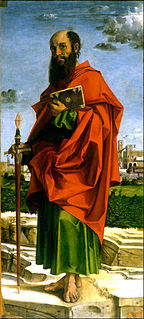
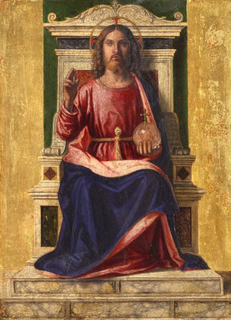

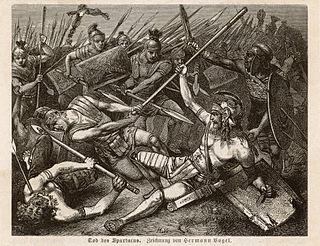


![Good Shepherd epithet of Jesus, from the parable: “I am the good shepherd: the good shepherd giveth his life for the sheep. But he that is an hireling […], seeth the wolf coming, and leaveth the sheep, and fleeth” (Jn 10:11–12)](https://upload.wikimedia.org/wikipedia/commons/thumb/1/15/Rom%2C_Domitilla-Katakomben%2C_Der_gute_Hirte.jpg/227px-Rom%2C_Domitilla-Katakomben%2C_Der_gute_Hirte.jpg)










